Deck & Commander Strategies

Korvold, Fae-Cursed King
Korvold focuses on sacrificing permanents—especially treasures and tokens—to grow larger while drawing cards, generating immense value and board presence to close out the game through combat damage.

Shorikai, Genesis Engine
Shorikai uses artifact synergies and card filtering to generate card advantage and incremental value, leveraging flicker effects and recursion to maintain a resilient board and combo pieces.
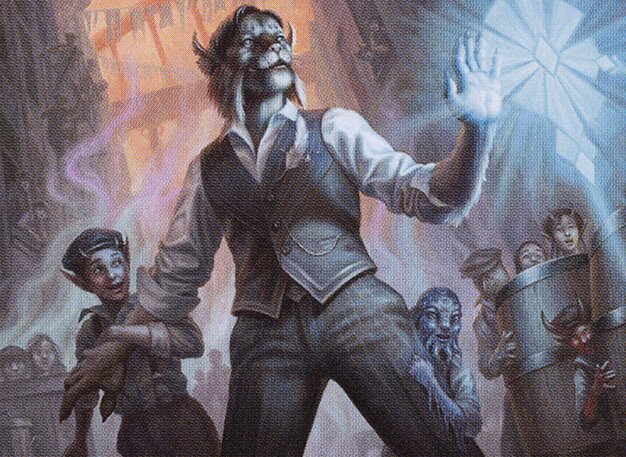
Rigo, Streetwise Mentor
Rigo capitalizes on drawing cards whenever combat damage is dealt, aiming to build a wide board of creatures and artifacts while using spells and abilities to control the pace and protect key permanents.
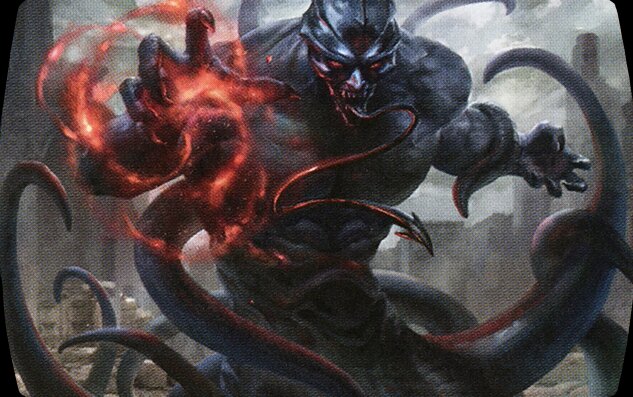
Tevesh Szat, Doom of Fools
Tevesh Szat centers on disruption and control, combining countermagic and discard effects with mana acceleration to set up high-impact spells and combos, while leveraging his ability to generate incremental advantage.
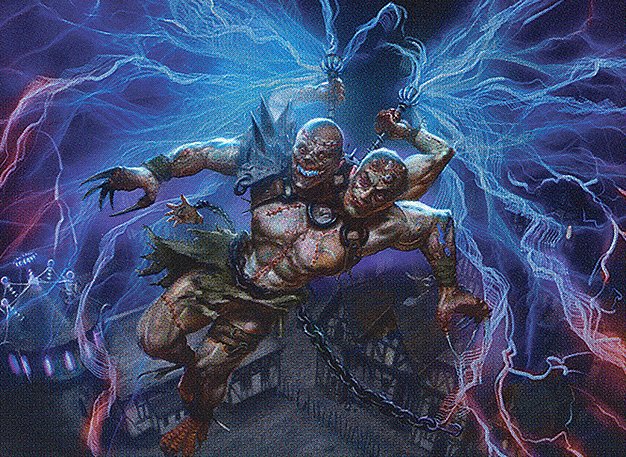
Kraum, Ludevic's Opus
Kraum supports a spell-slinging strategy that draws cards on damage and helps enable combo lines by providing card advantage and mana fixing, often pairing with Tevesh for synergistic effects.
Gameplay Insights
- 1
Flicker effects such as Ephemerate and Mystic Reflection were used repeatedly to protect critical artifacts and permanents, resetting triggers and maintaining card advantage.
- 2
The players carefully managed paying for tax effects from cards like Rhystic Study and Mystic Remora, choosing when to invest mana in paying or let opponents draw cards to balance tempo and resource advantage.
- 3
Korvold's treasure generation and sacrifice triggers allowed him to grow rapidly and draw multiple cards, making him a central threat that others had to respond to quickly.
- 4
Rigo leveraged combat damage to draw cards and fuel ongoing pressure, combining aggressive attacks with card filtering to maintain a hand full of answers and threats.
- 5
Tevesh Szat and Kraum's deck used a robust suite of disruption and countermagic to interrupt opponents' combos while setting up their own high-impact spells.
- 6
Multiple players used bounce effects strategically to reuse enter-the-battlefield triggers and disrupt opponents' board states, exemplified by the repeated use of the Space-Kitten and other flicker targets.
- 7
The game featured a dense stack of triggers and fast-paced plays requiring careful sequencing, showcasing advanced knowledge of timing and interaction in cEDH multiplayer.
- 8
Players effectively utilized tutors such as Vampiric Tutor, Mystical Tutor, and Gamble to find key combo pieces and answers, accelerating their game plans.
- 9
Mana acceleration from Lotus Petal, Mana Vault, Mox Diamond, and other rocks was crucial in enabling explosive turns and rapid deployment of threats.
- 10
The interaction between counterspells, discard, and removal created a dynamic board state that required constant adaptation and tactical decision-making.
Notable Cards
-
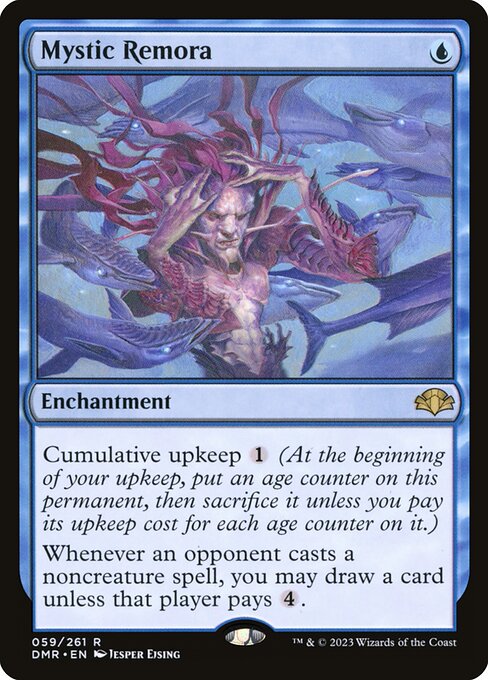
Mystic Remora
-

Chrome Mox
-

Mana Crypt
-

Exotic Orchard
-
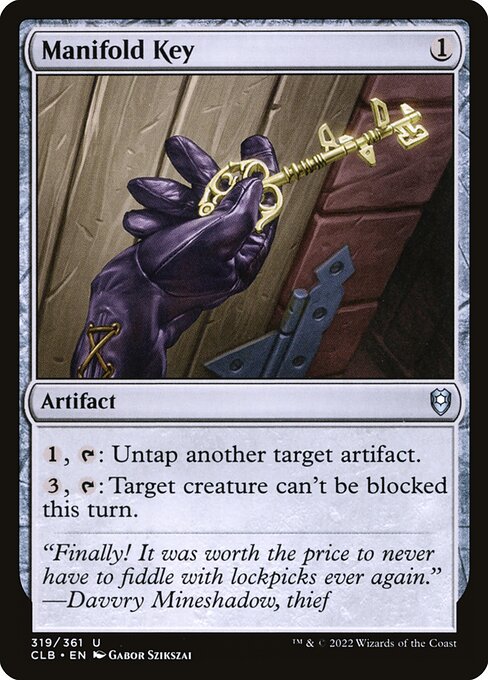
Manifold Key
-

Talisman of Progress
-
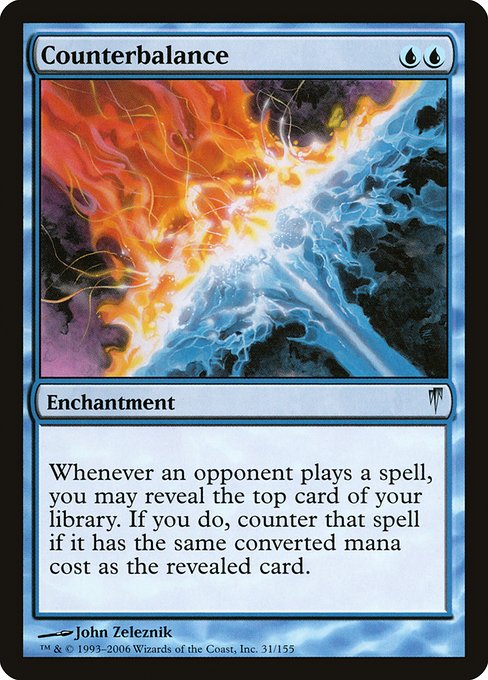
Counterbalance
-

Fierce Guardianship
-
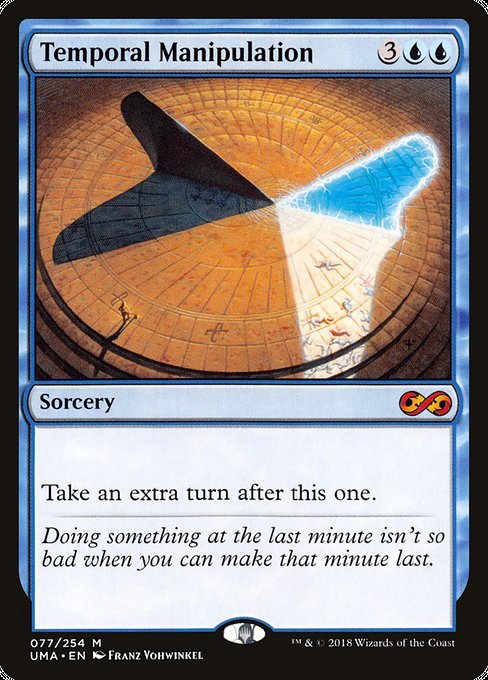
Temporal Manipulation
-
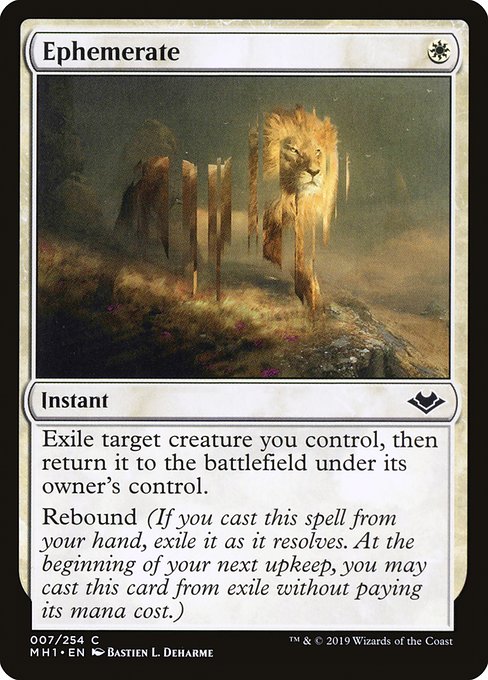
Ephemerate
-

Dark Ritual
-
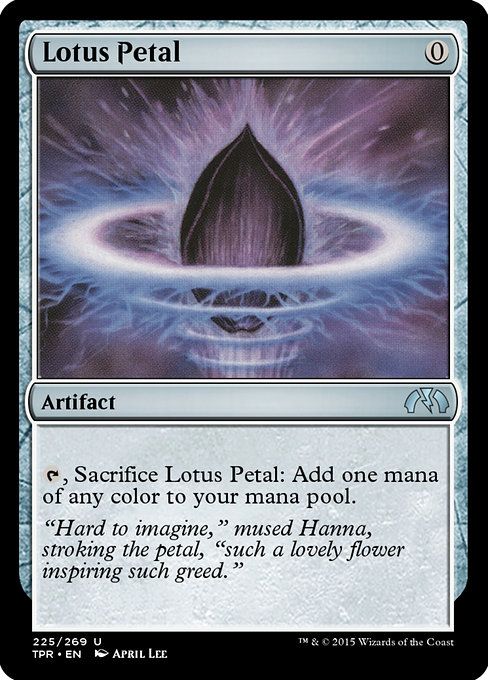
Lotus Petal
-

Lotus Field
-
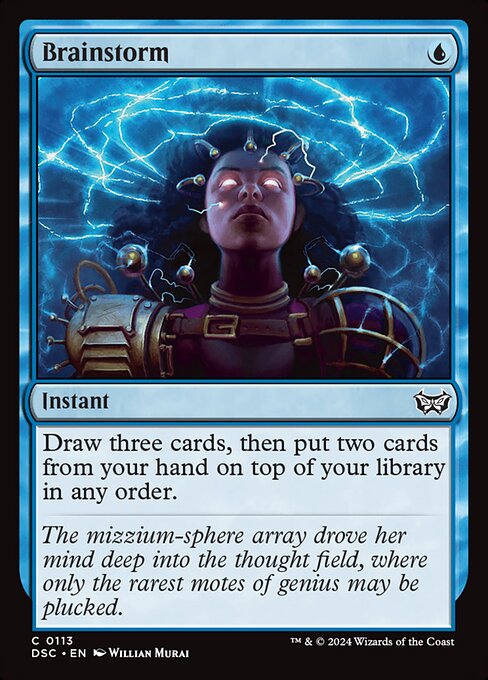
Brainstorm
-

Force of Negation
-
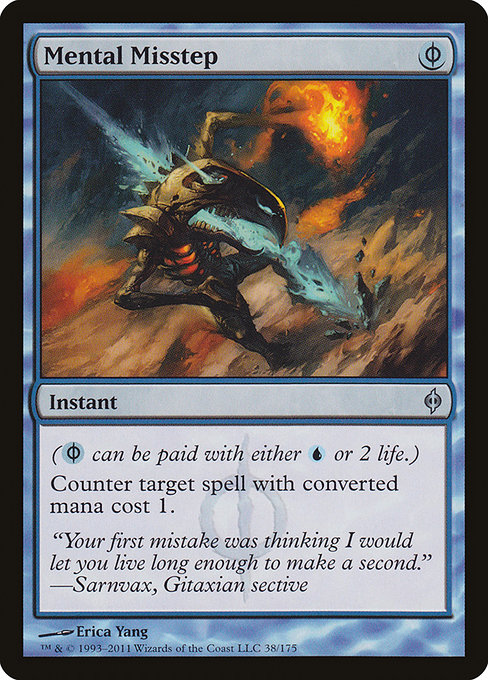
Mental Misstep
-

Gamble
-
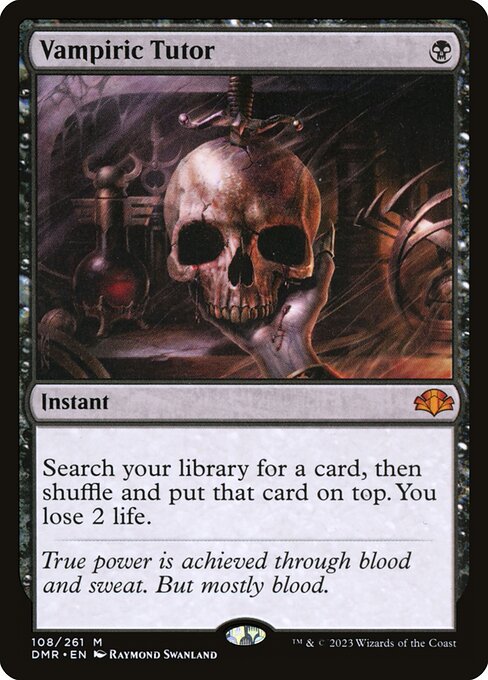
Vampiric Tutor
-

Mystical Tutor
-
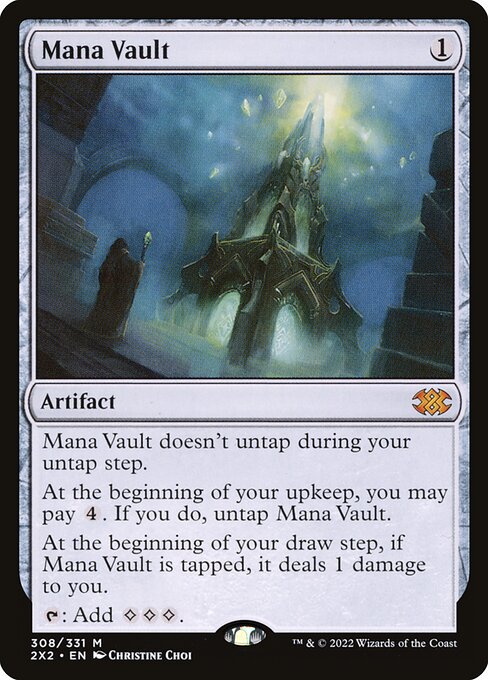
Mana Vault
-
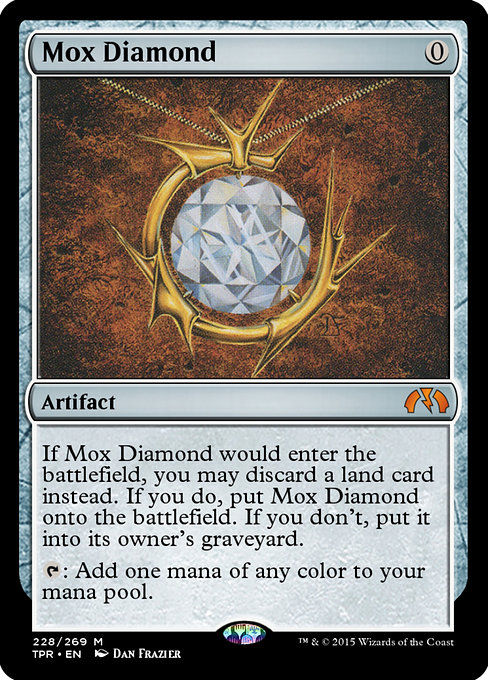
Mox Diamond
-
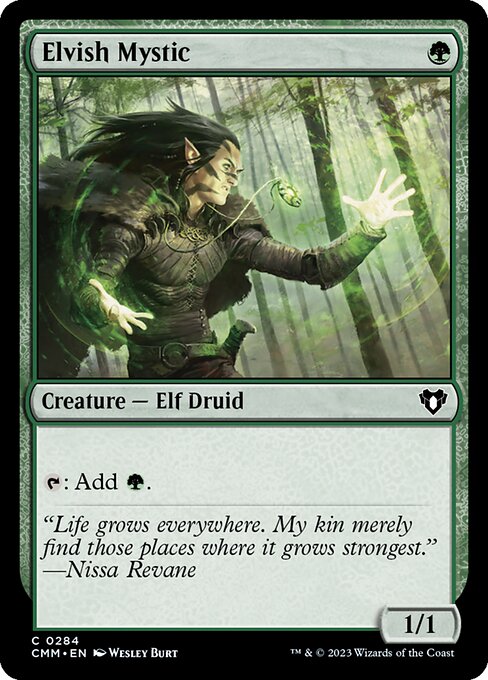
Elvish Mystic
-
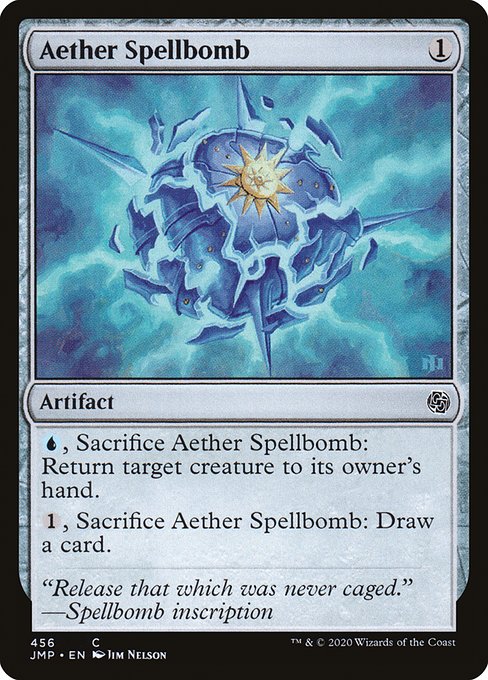
Aether Spellbomb
-
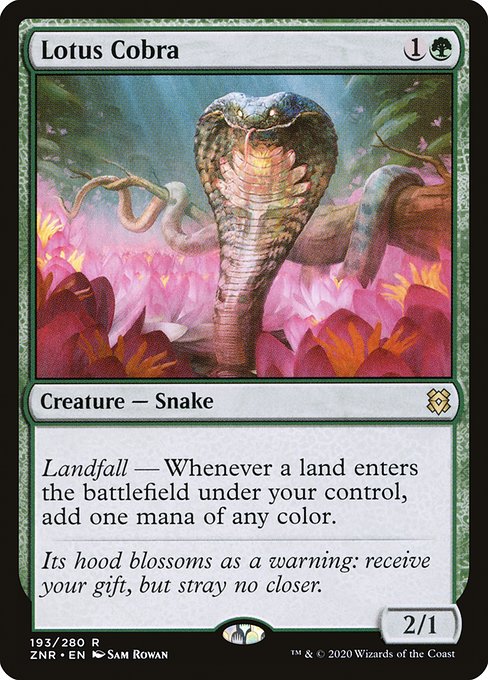
Lotus Cobra
-
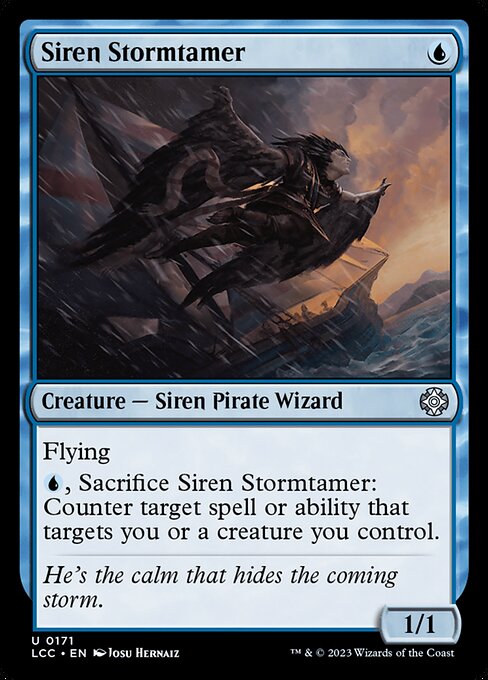
Siren Stormtamer
Gameplay Summary
The game featured a highly interactive and complex cEDH multiplayer match with Korvold, Fae-Cursed King; Shorikai, Genesis Engine; Rigo, Streetwise Mentor; and a Tevesh Szat / Kraum, Ludevic's Opus combo deck.
Early turns saw heavy use of mana acceleration and card selection, with players developing board states that included multiple artifacts, enchantments, and creatures.
Rigo and Korvold established strong board presence through card draw synergies and sacrifice outlets, while Shorikai leveraged artifact synergies and card filtering.
Tevesh Szat's player worked to control the board with countermagic and disruption, while also ramping mana and setting up for spells with high impact.
Key moments included multiple uses of flicker effects to protect critical permanents and reset triggers, along with timely counterspells and discard spells that slowed opponents.
The game was marked by a dense stack of triggers and complex interactions involving cards like Mystic Remora, Chrome Mox, and a variety of mana rocks.
Korvold grew large through treasure generation and sacrifice triggers, becoming a significant threat on the battlefield.
The multiplayer dynamic led to constant tension with players balancing aggression, resource denial, and combo protection.
The match progressed with multiple combat phases where Korvold and Rigo dealt damage, drawing cards and maintaining pressure.
The game culminated in a series of intricate plays involving bounce effects and recursion to maintain board control and set up win conditions through incremental advantage and combo potential.











































